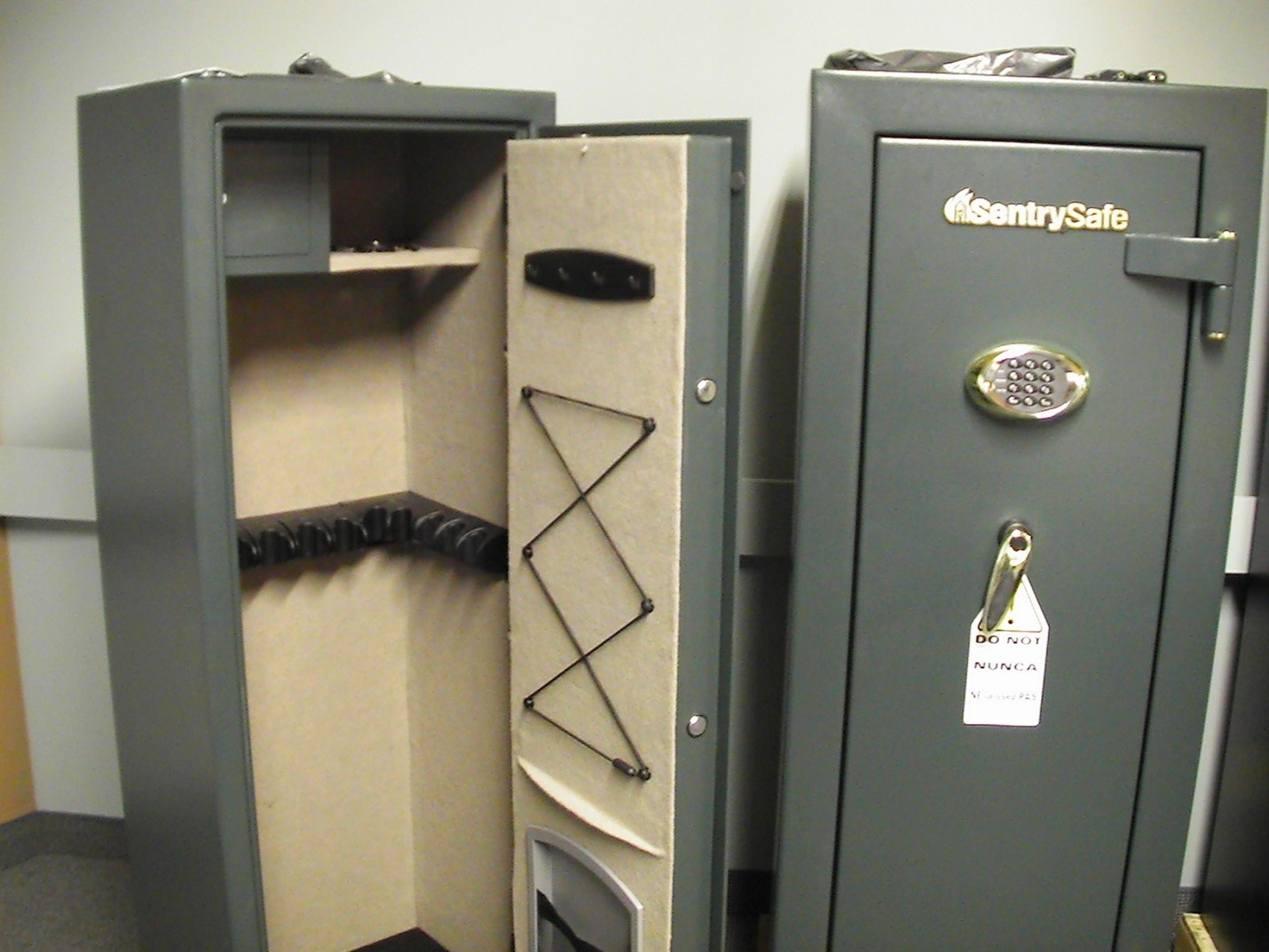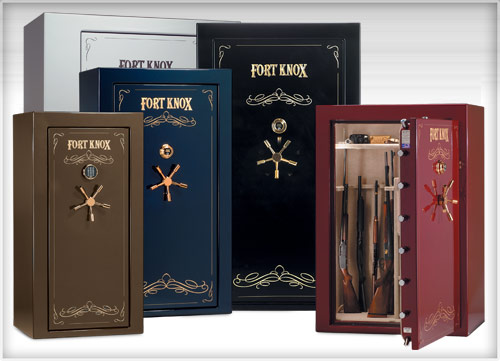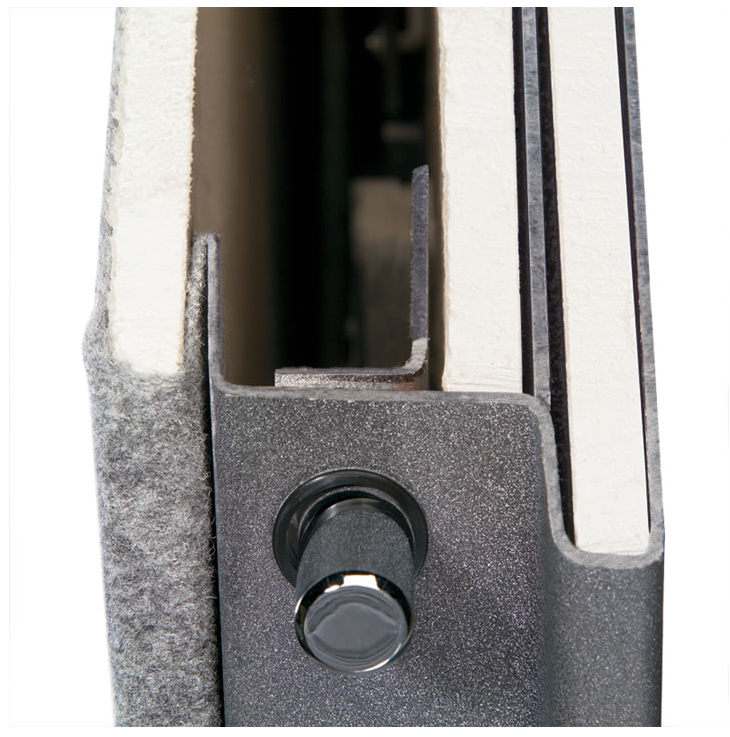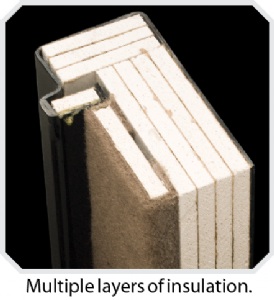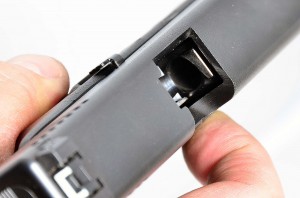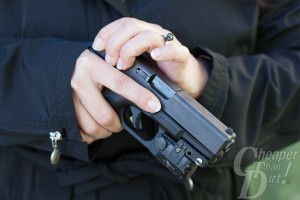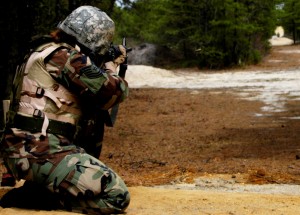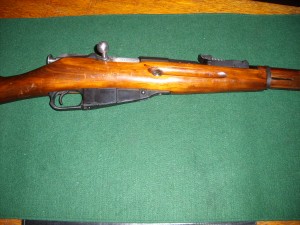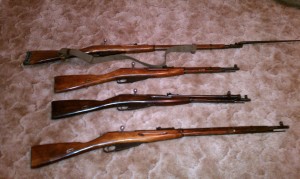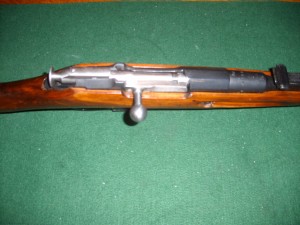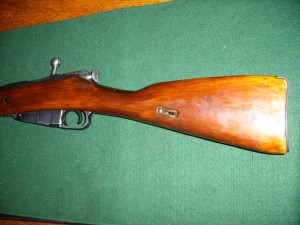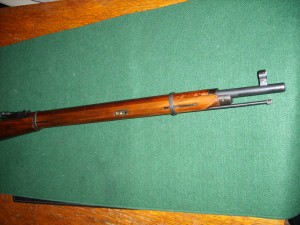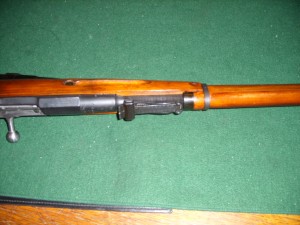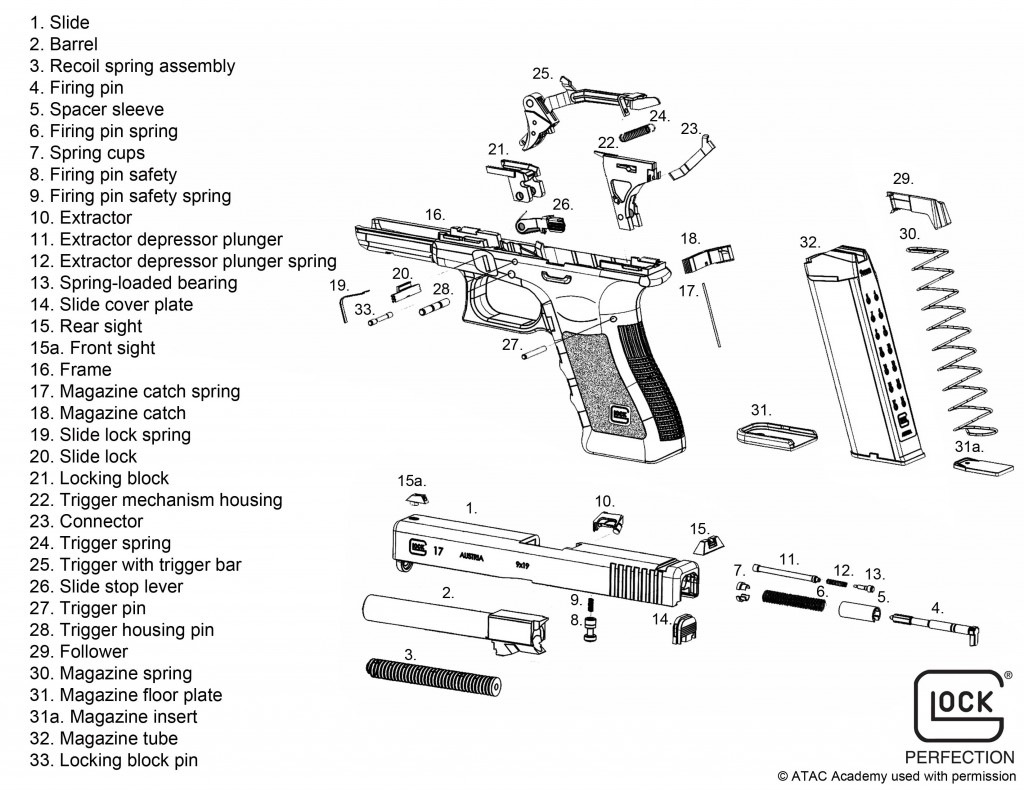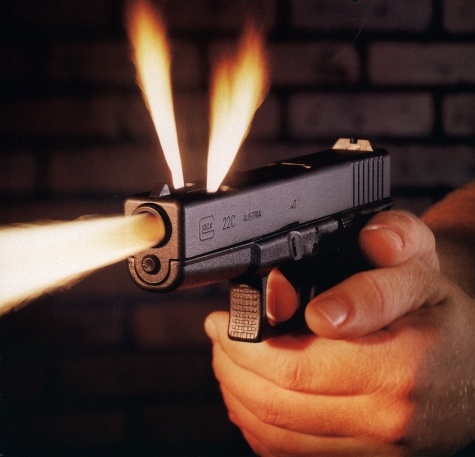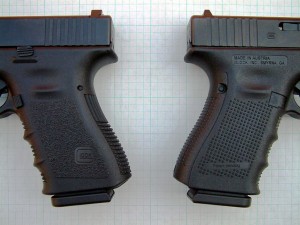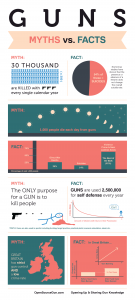The market of sub-compact weapons has been up and soaring since people have become more aware of CCW and self-defense weapons.
The two major players of this market are Glock, with their Glock 43 and S&W, with their M&P Shield. Both these handguns are admirable and choosing one of them is often a point of confusion with buyers.
We have come up with this detailed information guide comparing both of these guns. We will compare their features, advantages, and disadvantages to elaborate upon their functionality and use.
What is a Glock 43?
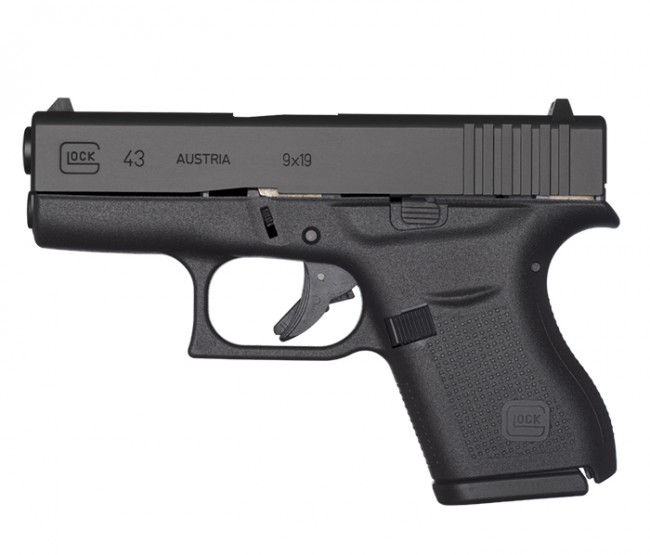
A Glock 43 is a sub-compact, semi-auto, striker fired handgun which fires 9mm caliber ammunition.
The Glock 43 was introduced to the market in 2015, especially to counter the M&P shield introduced in 2012, or more precisely, the Smith and Wesson’s M&P series of sub-compact handguns introduced in 2005.
The Glock 43 was designed to act as a concealed carry handgun, in response to the M&P shield soaring popularity. The Glock 43 features a polymer frame and a machined steel slide with a trigger pull of 5.5 pounds and an overall length of 6.26 inches. Its magazine has a capacity of six rounds.
Overall, the Glock 43 is an exceptional handgun when it comes to concealed carry and it has a one size fits all design.
Advantages and Disadvantages of the Glock 43
Advantages
- Lightweight: The Glock 43 weighs only 17.95 oz without the mag and 22 oz with it. Its weight is a substantial factor when it comes to everyday concealed carry.
- Longer Barrel: The Glock 43 has a comparatively longer barrel at 3.39 inches when compared with its counterparts. The longer barrel helps a bit with the accuracy of the weapon.
- Reliable: The Glock 43 delivers excellent performance and doesn’t jam. Jamming is not common with CCW subcompact handguns, but 100% performance is always desirable
- Easy to Conceal: Due to the dimensions and small hand grip, a Glock 43 is very easy to conceal. It eliminates any chances of printing and will not reveal that you’re carrying. Because of this reason, there are many Glock 43 holsters that are perfectly designed to match your everyday carry needs.
Disadvantages
- Magazine Capacity: The Glock 43 has a magazine capacity of six rounds, or seven rounds when used with an extended base plate. Some people don’t like to carry such a limited number of rounds so this could be a disadvantage. Glock 43 mags are also not interchangeable.
- Caliber: The Glock 43 is manufactured only to accept the 9mm caliber, which obviously limits the type of ammunition you are able to use.
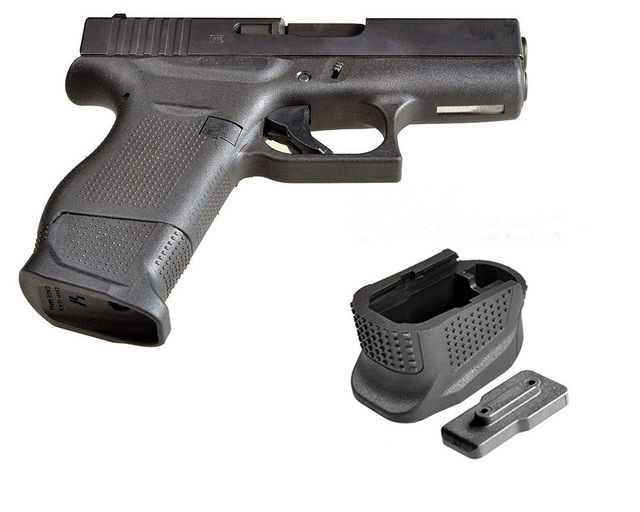
What is an M&P Shield?
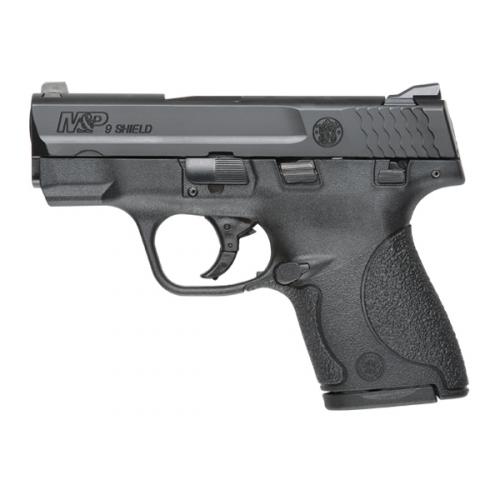
The Smith and Wesson M&P Shield is a variant of the M&P (Military and Police) series of firearms and was introduced in 2012 on the market.
The M&P Shield is a subcompact, single stack magazine, striker fired handgun, specially designed for CCW.
Its thickness is less than one inch, and it features a polymer-based design with a stainless steel slide. It has thumb and striker safeties and is very easy to conceal carry.
The Shield is available in both 9mm and .40 calibers which make it more versatile. The M&P Shield has been the concealed carry weapon of choice for many, however, it has faced steep competition as the Glock 43 entered the market.
The shield is a more compact weapon with minimal dimensions. There is no doubt the first choice for concealed carry, especially with women.
Advantages and Disadvantages of the M&P Shield
Advantages
- Super Compact: The Shield is a very compact weapon. It is shorter and perfectly fits the definition of a subcompact handgun. Plus, the shorter size of the weapon makes it even easier to conceal.
- Better Trigger: The trigger of an M&P Shield is flat where your finger rests and features rounded edges for a comfortable feel. The trigger safety with the shield is also exceptional when compared with its counterparts.
- Magazine Capacity: The S&W shield has a magazine capacity of seven rounds which can be increased to eight using an extended butt plate. Seven rounds are enough for a subcompact CCW weapon.
- Grip Length: The length of the grip of the M&P shield is great. It fits all hand sizes perfectly well.

Disadvantages
- Heavy Trigger Pull: The Shield has a trigger pull of 6.5 pounds compared to the 5.5 pounds of a Glock 43. This might not seem considerable, but it can mean the difference in certain situations.
- Slide Release: The slide release of the M&P shield is very difficult to disassemble, because of the little level key which holds the slide.(Honestly not that big of a deal)
Glock 43 vs. M&P Shield – Similarities and Differences
The Glock 43 and the M&P Shield are fierce competitors when it comes to the CCW firearm market.
Both these weapons have similar sized frames, but there is still a very peculiar difference which will matter to the user.
This review will break down these similarities and differences between the two models
Size
The Shield is a bit taller at 4.6 inches than the Glock 43 at 4.25 inches. It also has a shorter barrel compared to the 43.
However, when compared for overall size, the Glock 43 is smaller than the M&P Shield, but only in the grip.
Once you add an extended butt plate to the 43’s mag, it is almost the same size as the shield. The difference in size of these two is almost negligible and irrelevant.
Ammo Capacity
The Glock 43 has a maximum capacity of seven rounds (Six mags + one chamber) whereas the Shield has a capacity of eight (Seven mags + one chamber).
The magazines of both can be extended to hold one additional round. These are subcompact guns which are useful at a very close range.
So if you can’t hit something with seven rounds, you probably won’t hit it with eight, either.
Cost
The M&P shield and the Glock 43 differ slightly in price. The Shield is priced somewhere around $440(you can get it as low as $300) whereas the Glock 43 can be bought around a price range of $480 or so. Eventually, it drills down to personal choice when it comes to purchasing.
Ergonomics
These guns are entirely different when it comes to ergonomics. The Glock 43 has a more utilitarian approach compared to the Shield.
The Glock sits low on your hand, whereas the Shield feels a bit top-heavy. However, the Shield has a wider, longer grip from the trigger to the backstrap.
Overall, the Shield is better to attain a grip, whereas the Glock offers high-bore access.
Looks
Blatantly speaking, the Glock 43 looks better than the M&P Shield. The Shield features a look which is the minimized version of the larger M&P series pistols.
The Glock 43 has a more subtle and understated, plain design which makes it look better. However, in the end, it’s up to your personal discretion
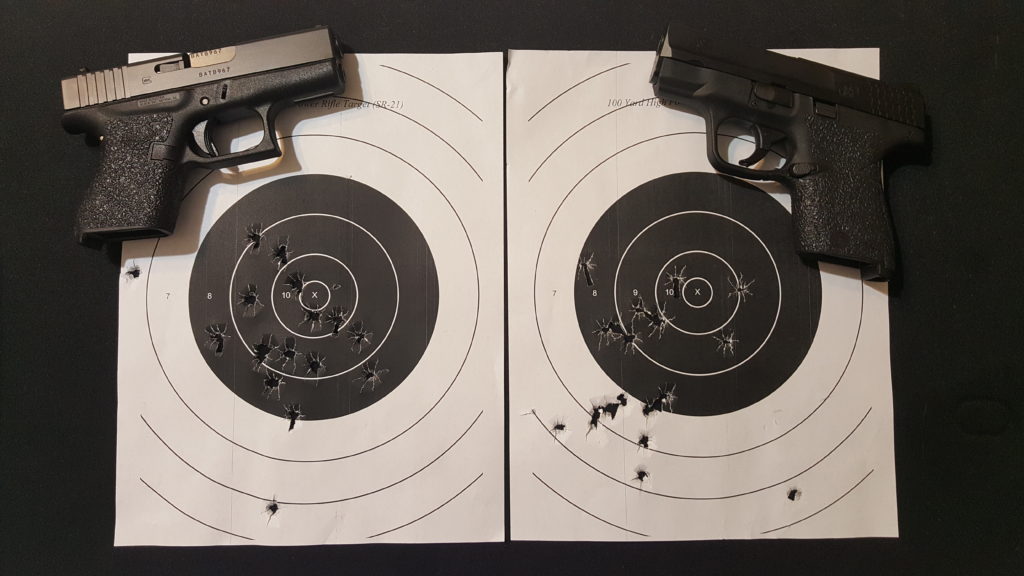
Accuracy
Undoubtedly, the Glock 43 has a better accuracy than the M&P shield. The Glock factory sights work better than the Shield’s over long range, but that’s only a comparison. Plus, you probably aren’t going to use a subcompact gun on the range.
Both of these guns have exceptional accuracy over short distances (<50 feet). But for the sake of comparison, the Glock 43 offers marginally better accuracy.
Top Pick Between Glock 43 vs. M&P Shield
The Glock 43 and the M&P Shield are closely comparable and offer stiff competition to each other. The M&P outranks the Glock 43 when the question is the versatility of calibers.
On the contrary, the Glock 43 outranks the Shield over the grip. Both these weapons were intentionally and specifically designed for CCW, and they serve their purpose very well.
Both weapons have a ton of aftermarket accessories available and are very affordable. Although, in our decent opinion the M&P Shield wins the race by a centimeter.
It is slimmer, shorter, is available in multiple calibers, and holds one extra round compared to Glock 43. Conclusively, the pros, cons, and features of both these guns have been reviewed here, so you can decide which one suits you best.
Conclusion
The battle for of distinction between the Glock 43 and M&P Shield is almost never-ending. Each of these weapons has their own advantages and disadvantages, and a lot of aftermarket upgrades available.
The Shield was released before the 43 so it covers a huge chunk of the market.
However, there are a lot of Glock lovers out there who favor the Glock 43. In our opinion, the M&P Shield is a bit better, but eventually, it’s your decision.
This article was written by Gunmann!
Editor’s note: We are big fans of Glocks, but agree with Gunmann that the Shield is a better buy. (cheaper price more capacity without spending extra money on base plate). But an even better choice would be a Glock 26.
